_
The Chapel of San Salvador el Seco and its small front atrium are some of the lesser-known sites in Mexico City’s Center. Arriving as far south as the old Chimalpopoca canal (which is now a street), you can feel the ancient edge of the island. This was probably a muddy slope to the canal indicating the southern shore of the ancient island city of Tenochtitlan.
The Chapel of San Salvador el Seco is located a block and a half to the north and it is likely that, because of its location on the margins, it only appears on early 18th century maps.
The chapel is very clearly baroque and was remodeled in the early 19th century. The façade has a single niche supporting a figure carved in stone next to which, on each side, are two small windows resembling portholes. The tiny bell tower is tiled and probably dates from that more recent remodeling. It is thought, but remains controversial, that the chapel was build under the direction of the Regina Coeli convent, along with the chapel of San Salvador el Verde, whose atrium survives approximately one block to the south and two blocks to the east. Both San Salvador el Verde and San Salvador el Seco share their names with two towns in the state of Puebla, almost directly east of Mexico City, although no link between the provincial towns and these two chapels has been proven historically.
The old rectory occupies the rest of the south side of the plaza. After the 1985 earthquakes, the chapel was damaged and abandoned for some time. Since then, both the plaza and the chapel have been carefully restored. The chapel in particular is often noted for its particular beauty. If the doors are open, approach the interior.
The Chapel of San Salvador el Seco is almost directly south of the Isabel la Católica Metro. The plaza can be visited on a walk to the striking Plaza de Tlaxcoque. The Plaza de San Salvador el Verde is between the two.

Nearest at 0.23 kms.
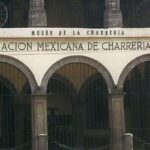
Nearest at 0.26 kms.
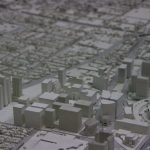
Nearest at 0.30 kms.
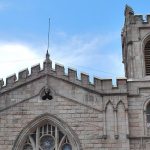
A historic Methodist church on the Avenida Balderas . . .
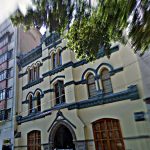
A historic Methodist church in the old grand cloister of San Francisco . . .
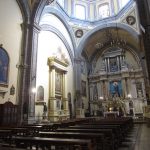
The first target of the counter-reformational Academy of Art . . .

The old church of an important early Dominican convent in the Historic Center...
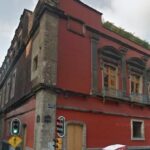
A grand 16th-century school lives on as an events venue and historic monument...